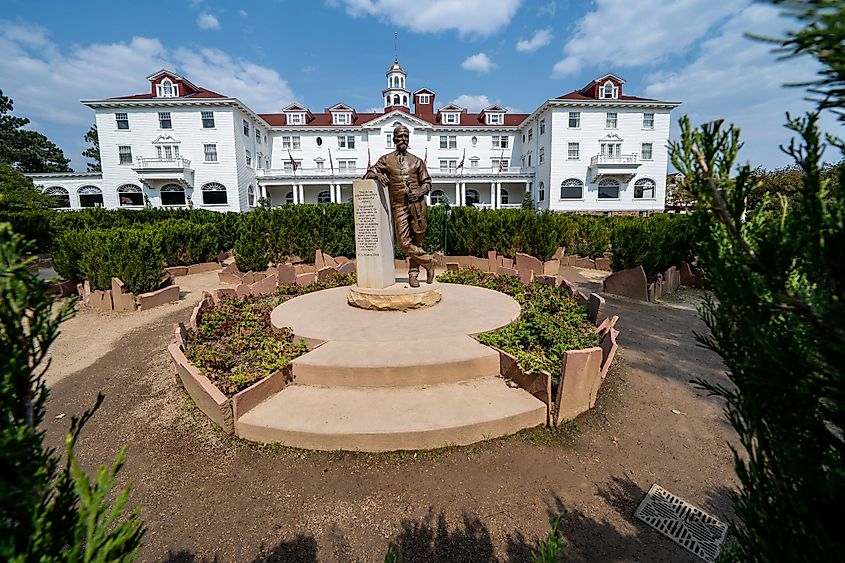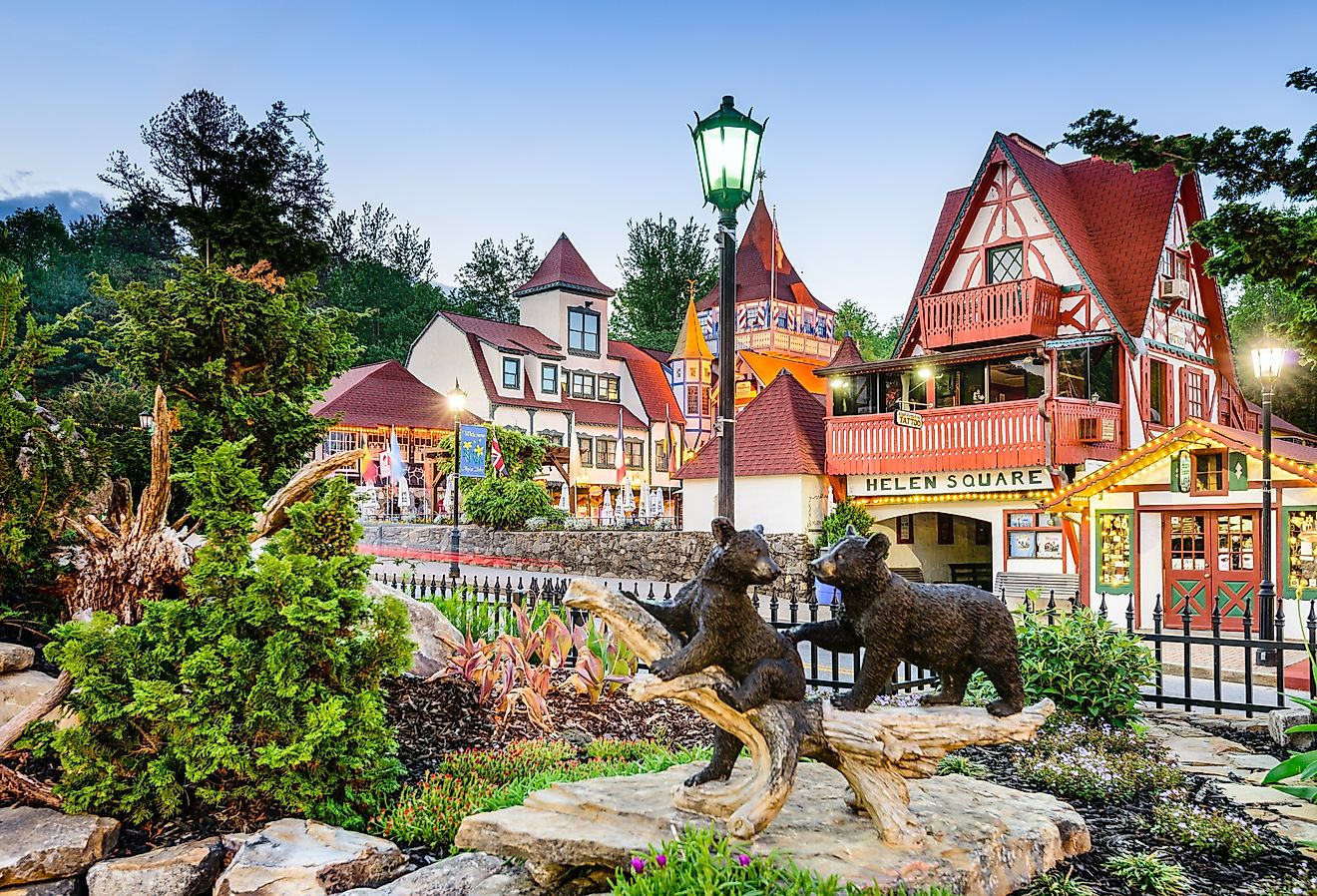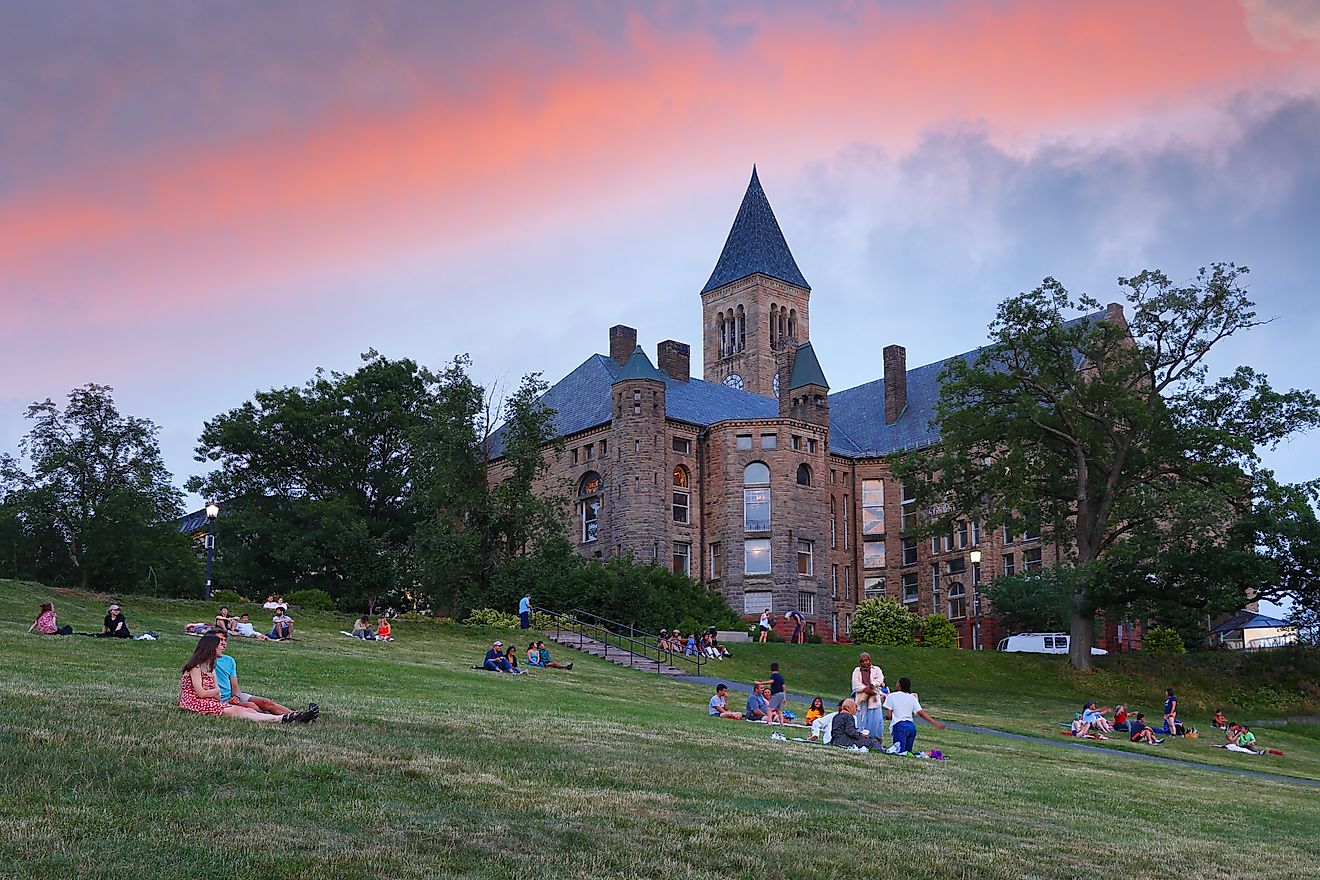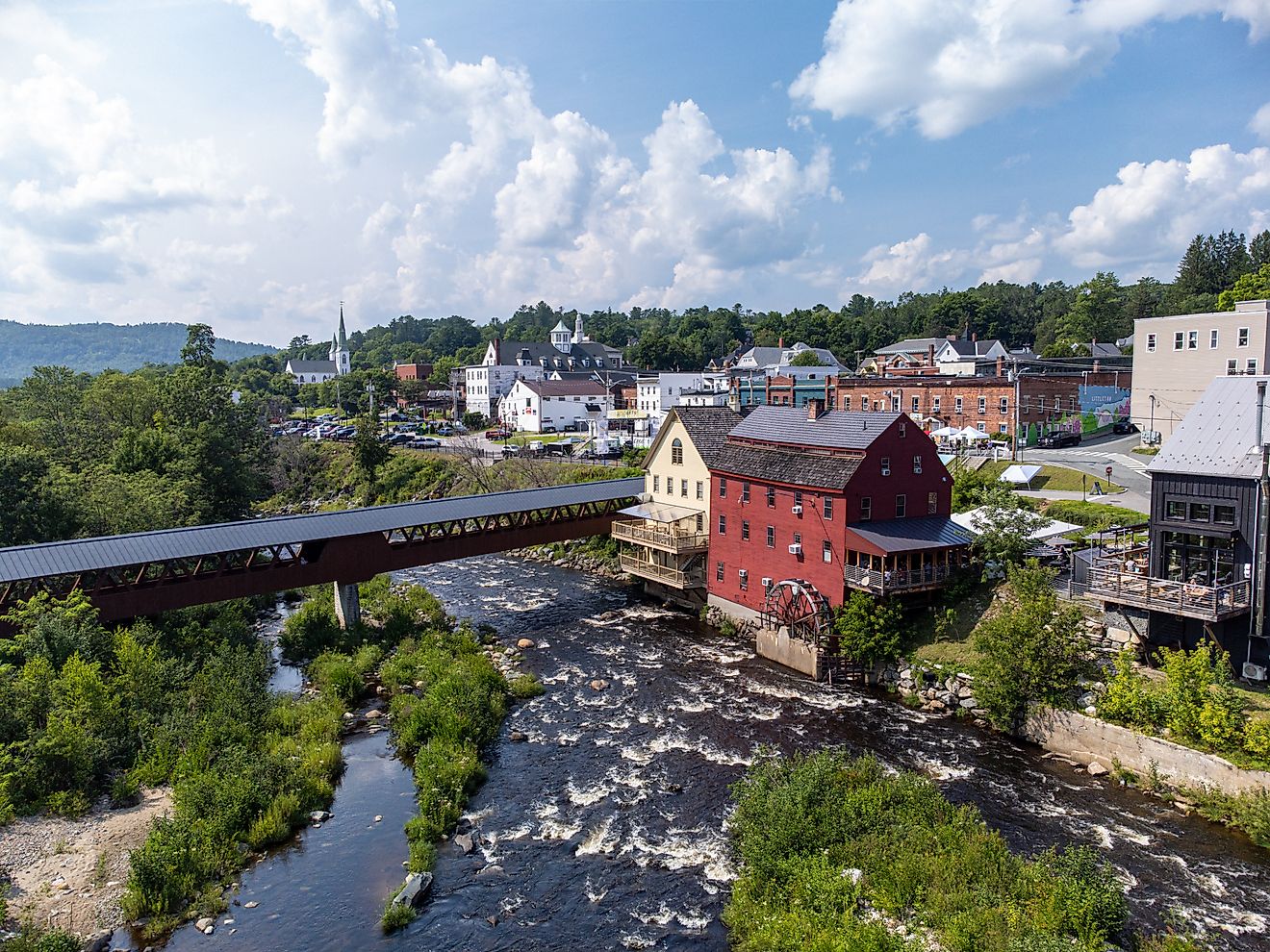
Estes Park, Colorado
A scenic town surrounded by the Rocky Mountains and the Big Thompson River, Estes Park is best known as the gateway to Rocky Mountain National Park and nearby Roosevelt National Forest. Estes Park is a quiet community with several iconic landmarks such as The Baldpate Inn and the Stanley Hotel. The world-renowned buttresses of Lumpy Ridge, best known for MacGregor Ranch and premiere rock climbing, make up the backdrop of Estes Park, further adding to its recognition as a gateway to adventure.
Geography And Climate Of Estes Park

Estes Park is a small statutory town situated in Larimer County in the northern part of the US State of Colorado. Located at an elevation of 2,293m, the town covers a total area of 17.862 sq. km, of which 0.194 sq. km is covered by water, and 17.668 sq. km is occupied by land. Estes Park resides in an area known as the Front Range Urban Corridor, an inhabited place on the southern flank of the Rocky Mountains that stretches from Colorado to Wyoming. Estes Park rests on the banks of the Big Thompson River, a 123 km long river that starts in Forest Canyon, Colorado, and ends in Lake Estes. Furthermore, the Olympus Dam is located on the Big Thompson River and feeds the Lake Estes Reservoir, which is the town's principal water source.
With a distinctly snowy winter and comfortable summers, Estes Park experiences a humid continental climate. Over a year, Estes Park collects 114.2 days of snow, sleet, and rain. Rainfall totals to 464.82 mm and snowfall to 2085.34 mm. The warmest month is July, with an average high of 25.3 °C, while the year's coldest month is January, with an average temperature of -8.5 °C.
History Of Estes Park

The land of what would be Estes Park belonged to the Arapahoe Native Americans as part of their summer lands. Thus, the land was used for hunting bighorn sheep and saw conflict with the close by Ute People, who also hunted on the same grounds. The 1850s saw the first fur trappers arrive in the area. Named after Joel Estes, the small settlement of Estes Park was established in 1859. However, the Estes family didn’t stay long, leaving the Estes Park area in 1866 in search of better grounds for cattle. Under the Homestead Act, other settlers did arrive in Estes Park; among them were the MacGregors, who built a ranch below Lumpy Ridge. The town was plotted out by Abner Sprague in 1905. F.O. Stanley was one of the first settlers responsible for providing the town with early infrastructure, although he had come to Estes Parks in the hope of recovering his own health. But it was his drive to make the town self-reliable that saw the creation of the first auto stage line. As such, in 1907, three five-seat Stanley Steamers began operating between Loveland and Estes Park, which allowed for easier access to the area. In 1909, a 140-room Edwardian-style hotel opened on the outskirts of Estes Park, called the Stanley Hotel. The Stanley Hotel was only 8 km from Rocky Mountain National Park and would serve as a health retreat for pulmonary tuberculosis patients. Currently, the Stanley Hotel is listed on the National Register of Historic Places. Meanwhile, 1909 also saw Naturalist and Conservationist Enos Mills fight for thousands of acres of Colorado mountain and forest to be preserved. Rocky Mountain National Park was dedicated in 1915 by the President of the United States, Woodrow Wilson. It would preserve the east and west sides of the Continental Divide of the Americas, the Front Range of the Rocky Mountains, the Colorado River, Grand Lake, and many smaller alpine lakes. In 1976, Rocky Mountain National Park would become a UNESCO World Heritage Site and World Biosphere Reserve.
The Population And Economy Of Estes Park

Estes Park has a population of 5,904 inhabitants, with a population density of 334 people per sq. km. The median household income is $74,144 and with a gross monthly rent of $835. The average age of a resident is 61.3 years old. On the cost of living index, Estes Park rates 127.3, whereas the state of Colorado is 121.1. Yet, 8.33% of the population lives below the poverty line.
The unemployment rate is 5.8%, whereas the US unemployment rate is 6.0%. The top industries are retail trade at 17.2%, healthcare and social assistance at 15.2%, and food and accommodation service at 12.0%. The highest paying economic sectors are finance and insurance with $105,952 and real estate and rental properties with $79,219.
Attractions In Estes Park

The Baldpate Inn
Now called the Seven Keys Lodge, the former Baldpate Inn holds the world’s most extensive key collection. The name comes from the mystery novel by Earl Derr Biggers titled Seven Keys to Baldpate. The Baldpate Inn offered keys as curios, which have since grown into a collection 20,000 strong. The key collection is maintained by the American History Savers and rotates curators who provide lectures and blogs. With the renovations completed in 2020, the Seven Keys Lodge offers cabins and merchandise from their mercantile, including the book by Earl Derr Biggers that gave the property its original name.
MacGregor Ranch
MacGregor Ranch was built in 1873 and is a preserved historic site as a working ranch. Visitors can come and see the decade-old ranch that has a gift shop, blacksmith, smokehouse, and personal artifacts from the three generations of MacGregors that once lived there. Guests can partake in tours or self-guided tours of the main house and ranch. Additionally, meat orders can be placed from grass-fed MacGregor’s Ranch beef.
From the Arapahoe people, fur trappers, settlers, and homesteaders to tourists seeking an outdoor adventure, Estes Park has long been a base camp for the decades of visitors that have graced the Front Range of the Rocky Mountains. Today, this postcard-worthy community welcomes all to come and see its natural beauty and many historical landmarks for themselves.











